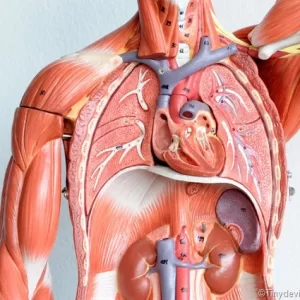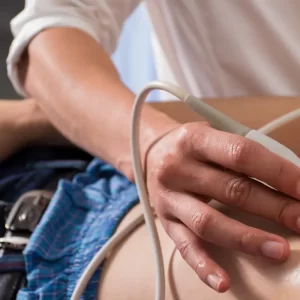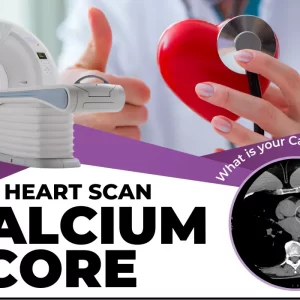Cardiac Implantable Electronic Devices
Cardiac implantable electronic devices (CIEDs) are established treatments for a variety of cardiac arrhythmias. Permanent pacemakers reestablish effective circulation and near normal hemodynamics by providing an appropriate heart rate and heart rate response. Implantable cardioverter defibrillators (ICDs) provide antitachycardia pacing (ATP) for termination of ventricular tachycardia (VT) and high-voltage shock, which are used to defibrillate ventricular fibrillation (VF) or to cardiovert ATP-refractory VT.
Description
What is Cardiac Implantable Electronic Devices?
Cardiac implantable electronic devices (CIEDs) are established treatments for a variety of cardiac arrhythmias. Permanent pacemakers reestablish effective circulation and near normal hemodynamics by providing an appropriate heart rate and heart rate response. Implantable cardioverter defibrillators (ICDs) provide antitachycardia pacing (ATP) for termination of ventricular tachycardia (VT) and high-voltage shock, which are used to defibrillate ventricular fibrillation (VF) or to cardiovert ATP-refractory VT.
Why do I need Cardiac Implantable Electronic Devices?
Cardiac pacemakers and implantable cardioverter defibrillators (also called CIEDs or cardiac implantable electronic devices) are used to correct abnormal heart rhythms. These devices are safe; however, there are times when the device needs to be replaced or changed. Your implanted device may need to be changed if:
- The battery voltage is depleted. The battery checks performed at your follow-up appointments will help your doctor determine when the battery in your device will need to be replaced.
- Your doctor determines you may benefit from a device with additional or more sophisticated features.
- The device has malfunctioned.





